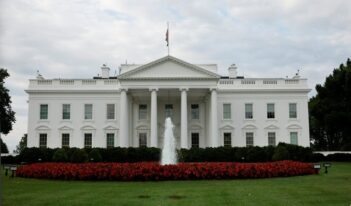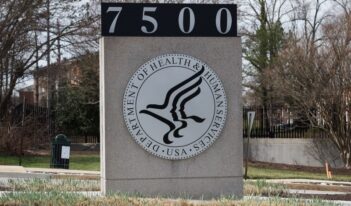
Rep. Sensenbrenner spotlights controversial avian flu studies.
Spotlighting the need to regulate the dissemination of potentially dangerous medical research, Representative Jim Sensenbrenner (R-WI) recently voiced national security concerns about the publication of avian flu studies.
In a recent letter to White House Science Advisor John Holdren, Sensenbrenner requested specifics on the federal protocol for handling dual use research, research with the potential to threaten public safety and national security.
His request highlighted two controversial government-funded studies, both involving mutations to the H5N1 avian flu virus.
According to the World Health Organization (WHO), H5N1 has infected almost 600 individuals and carries a mortality rate of over 50%. A pandemic has been avoided partly because of the virus’ inability to travel between humans.
The recent H5N1 studies discovered mutant strains of the virus that were transmissible between ferrets, suggesting that strains transmissible between humans may also be contrived.
In the current research process, studies with high risks are reviewed by the National Science Advisory Board for Biosecurity (NSABB), an expert panel assigned to advise the government. In the case of the H5N1 studies, the NSABB recommended that they be published in redacted form to prevent the experiments from being duplicated.
Shortly before Sensenbrenner wrote the White House, an expert panel on biodefense, convened by the American Society of Microbiology, opined on ways to handle the challenge of dual use research, including the need to proactively monitor the pipeline of ongoing dual use research.
Dr. Anthony Fauci of the National Institutes of Health (NIH), which funded the studies, has outlined the NIH’s plan for handling the studies. The plan includes sending revised versions of the studies back to the NSABB for further consideration and developing a coherent government policy on dual use research oversight.



